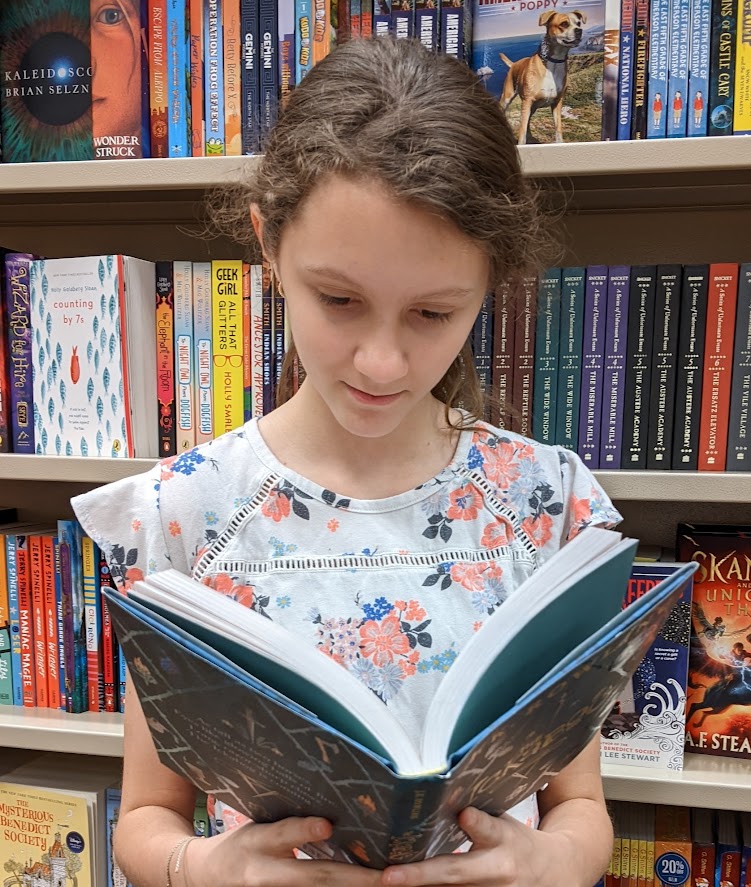‘Yeah, I saw that coming,’ Is not something a writer wants to hear. You’ve just revealed your shocking plot-twist and… no one is surprised. The reader saw it coming the whole time, rendering your plot-twist unmeaningful and bland. Your ‘big’ moment doesn’t feel that big. In short, your story was predictable.
Predictability can completely destroy your whole plot line. If your reader or viewer immediately knows or figures out exactly what’s going to happen in your story, then what reason do they have to continue? Good, relatable characters are important above all, yes, but even the best of characters, the ones that draw and keep the reader invested in the story, would fall pretty flat if we could predict their entire life.
Though internal conflict can make a reader care about your characters, they need to be invested in the plot as well. A plot twist should flip your readers on their heads, maybe make them audibly gasp. If you want to shake your reader’s world, to make your plot twist feel like a surprising slap to the face instead of just a simple event, then keep reading, because this lesson is for you.
Today’s Example:
M. Night Shyamalan’s The Village is a true master of plot twists. It’s about Ivy, the daughter of an elder who runs an eighteenth century village that lives in fear of the monsters that plague the town. However, when her beloved fiance gets severely injured, she learns that the only medicine that can save him is beyond the forest. The forest where the horrible monsters live. Determined to keep him alive and driven by love, she travels into the woods. Alone. Still terribly afraid of the monsters. Oh, and did I mention, she’s also blind?
Now, there are at least a dozen mind-bending plot twists in this movie, but since I don’t want to spoil all of it for those of you who haven’t seen the movie yet, I’ll be talking about only one twist today.
1. Feed the reader lies!
For the entire movie, all of the characters in The Village wear burlap clothing, tend cows and other livestock, and make huts made of coarse stone and wood.
But, as you could guess from the section title above, it’s a lie!
The elders of the town founded the village just to create what they considered a utopia. It’s not the eighteenth century at all. Instead, the movie takes place in the modern day. This was a mind-blowing moment for the audience. Why? Because they were believing the author’s (in this case, the screen-writer’s) lies.
In The Village, the set, the costumes, indeed some of the very characters themselves, are lying to you. (Well, maybe it isn’t exactly lying since there’s no mysterious narrator voice that directly tells you ‘this movie takes place in the eighteen hundreds’ but more on that in the next point.)
The reader, when first starting your novel or movie, will believe everything you tell them. You have given them no reason to mistrust you. So use that to your advantage by feeding them false information. That doesn’t mean declare and info. dump the exact opposite throughout the story, otherwise they might grow suspicious. Instead, plant deep rooted truths about your world or plot before upending it completely.
2. Limit Foreshadowing
Another reason this plot twist was so effective was because you couldn’t see it coming. There wasn’t a single thing that could’ve helped you guess the plot twist that was coming. So often, I’ve read books or watched movies where they, with some classic troupe, hint at the big surprise thinking they’re being clever, instead only leading me to correctly guess the ending. These types of hints don’t work! They can only lead to predictability. Foreshadowing can be done well, but try to limit it and stay away from cliches.
I think the main reason so many people attempt to include these little ‘hints’ is because they believe the twist won’t make sense to the reader. But…that’s the point of a plot twist! It’s not supposed to make sense! At least not at first. For example, if you reveal that a supposedly dead character isn’t actually dead, your reader shouldn’t be able to suddenly connect the dots and completely understand how they were resurrected. You’ll get a much greater reaction from your audience if you have to let them be confused for a second and give them time to reel.
3. Give It a Purpose
I hate it when one of the characters in a fantasy novel tragically dies and then suddenly came back to life in the next scene or even chapter. No matter how good the explanation for this sudden revival, the plot twists still feel empty. That tragic, heart-breaking death scene suddenly means nothing. The twist served no other purpose than to shock the reader momentarily.
In The Village, not only does the ending shock you, it also provides a purpose outside of that. It gave the Elder’s who founded the small town more depth to their actions and provided the ‘common medicine’ for Ivy realistically. Everything in the story was leading up to this plot twist, and it clearly wasn’t just thrown into the story to surprise you. When you understand the purpose as a reader (or watcher), the shock of it should shake you to the core instead of leaving you feeling empty. So many action-adventure stories attempt to throw huge plot twists into their books and movies simply for the temporary thrill of it, which leaves out the real meaning behind the events that were supposed to mean so much to your readers (*Mara pops in and glares at Keeper of the Lost Cities*) When you show true intentionality for your plot twist and make it clear that it matters not only to the characters, the viewer, and also the plot, you hugely increase the impact of your plot twist.
Killer plot twists are what keep a story interesting. So battle back predictability by limiting your foreshadowing, feeding the reader lies, and giving the twists a strong, clear purpose. With these three steps, you’ll be able to give even the most vigilant reader a mind-bending shock, and leave your story resonating inside them for days after they’ve finished reading.



So what about you? What awesome plot twists have you read (or written!) What made them work? What didn’t? And how was the article? Too sweet? Too sour? Just right? Comment below and let us know!


Hello, I’m Sophia! I’m a child of God and I (if you couldn’t tell already) love to write! I’m also a total theater kid and strong dessert (specifically cupcake) enthusiast. For as long as I can remember, I’ve enjoyed both reading and making my own stories. I’m so glad I get to share with you what I’ve learned from some of my favorite (or sometimes least favorite) stories on this blog.

